Share this
Billy Vanilli (b. 1995) is a Melbourne-based artist with a distinctive flair for incandescent realism. His paintings focus on the layers within seemingly insignificant or mundane moments. Beginning with written prompts, Vanilli recalls everyday observations, memories and thoughts. Through painting, he explores how these moments transform, distort or become embellished with each revisit. The resulting imagery is luscious, complex and shimmers with sentimentality.
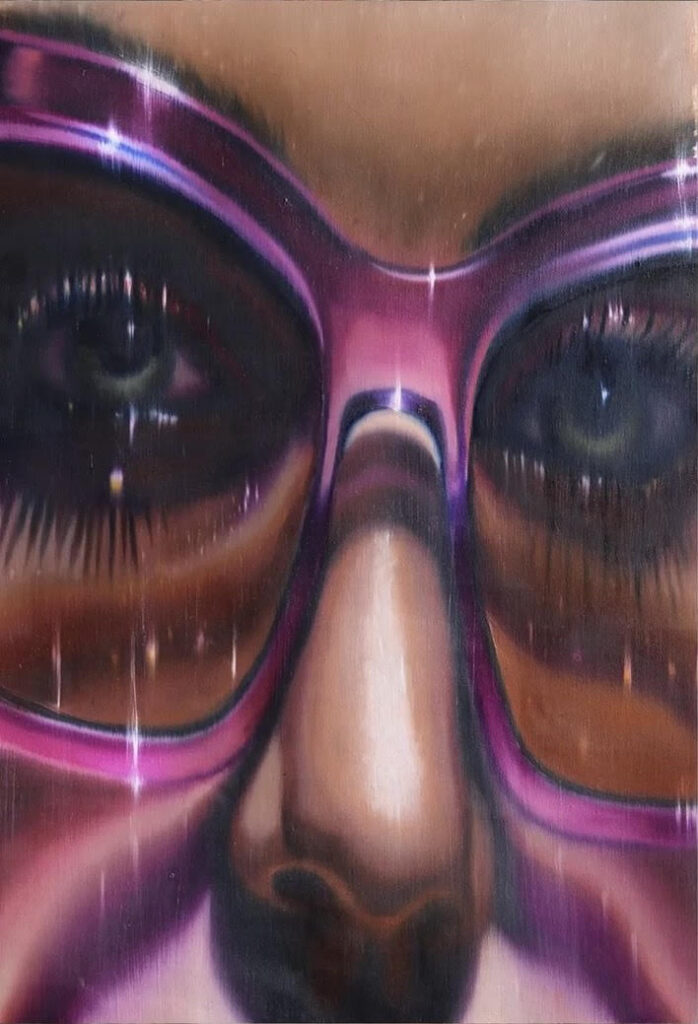
It’s a pleasure to sit down with you Billy! First question. Growing up in Australia, what kind of kid were you? What did you enjoy doing, and how did you spend your time?
I grew up in pretty nondescript suburb just outside of Melbourne. It was pretty close to a beach/bay which was the backdrop of many adolescent moments. I’m from a big family so it was never exactly quiet and always had someone around to play with.
I was creative growing up and that was encouraged. My mum was a fantastic oil painter and I imagine still is, however she hasn’t painted in a long time. So, I was familiarised with the materials and smells. I would join her going to galleries too, which I think sparked an interest in viewing art early on. Other than that I enjoyed the usual suburban kid things – chalk on the pavement, riding my bike around, eating bugs, lighting things on fire, hanging out with friends at the shopping centre etc…
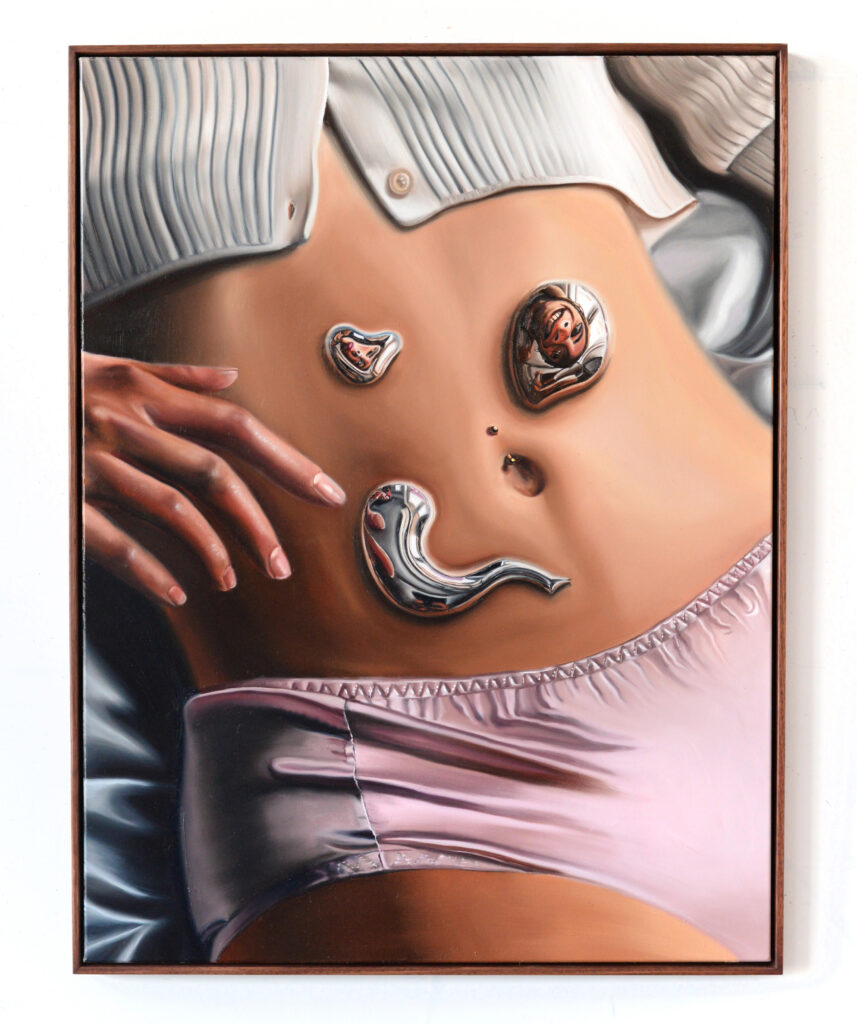
Alright, so when did you start to paint, and when did you start taking being an artist seriously?
I’m still fairly fresh to painting, only having properly picked it up in 2019. I always loved looking at paintings but back in school when I attempted it I would find I rarely could finish a whole work, just didn’t have the patience.
I pursued other creative fields working in photography and graphic design for around 8 years. I began feeling pretty disillusioned with the work I was making at that time… Whilst simultaneously experiencing some chronic pain. So in an effort to get away from the computer and scratch an itch — I dug up some of mums old paints and just started making. It was pretty much an instant crush, I had a new found patience and approached it completely from a different place. At first I wasn’t showing any works publicly just doing it for myself. Eventually some friends convinced me to exhibit at their gallery and it was received far better than I expected. It kind of snowballed from there with the help from generous people along the way — to the point it’s become sustainable to practice art full-time.
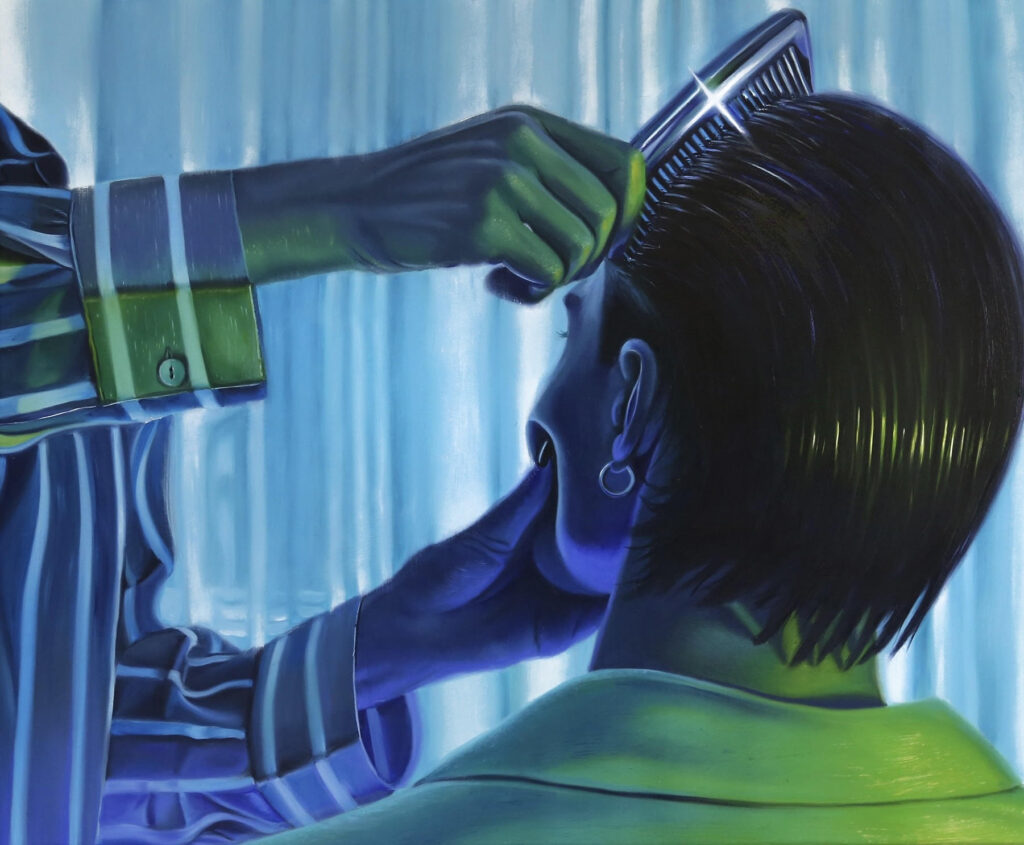
Your paintings focus on the layers within seemingly insignificant or mundane moments. Can you tell me about that?
I think as you age, you naturally begin to think more retrospectively. I had a really nice upbringing, loving family and on one level it was very ‘normal’ and idyllic. I’ve also realised what’s considered normal or insignificant can often be weaved with more complex layers. I grew up with a sibling that struggles with schizophrenia. Which naturally as a kid made for some strange, sometimes scary or confusing moments in an otherwise ordinary domestic environment. Around the same time, I was diagnosed with a form of muscular dystrophy which isn’t immediately evident. So whilst first appearing able-bodied, some everyday mundane things I find very difficult and have to put a lot of thought and effort into executing; such as brushing my hair or closing my eyes fully.
Reflecting on these experiences may have been the catalyst for me to explore this wider theme of layers within passing moments. However, the paintings aren’t necessarily about me – I want people to view the works and reflect on their own lives and experiences.
More recently I’ve been experimenting with translating these same ideas into the actual materiality of the paint and techniques. How a painting from further away can appear like straight forward realism/hyperrealism. Upon closer inspection the layers of paint, the directionality and gestural choices can reveal much more and has the potential to tell a story in itself.
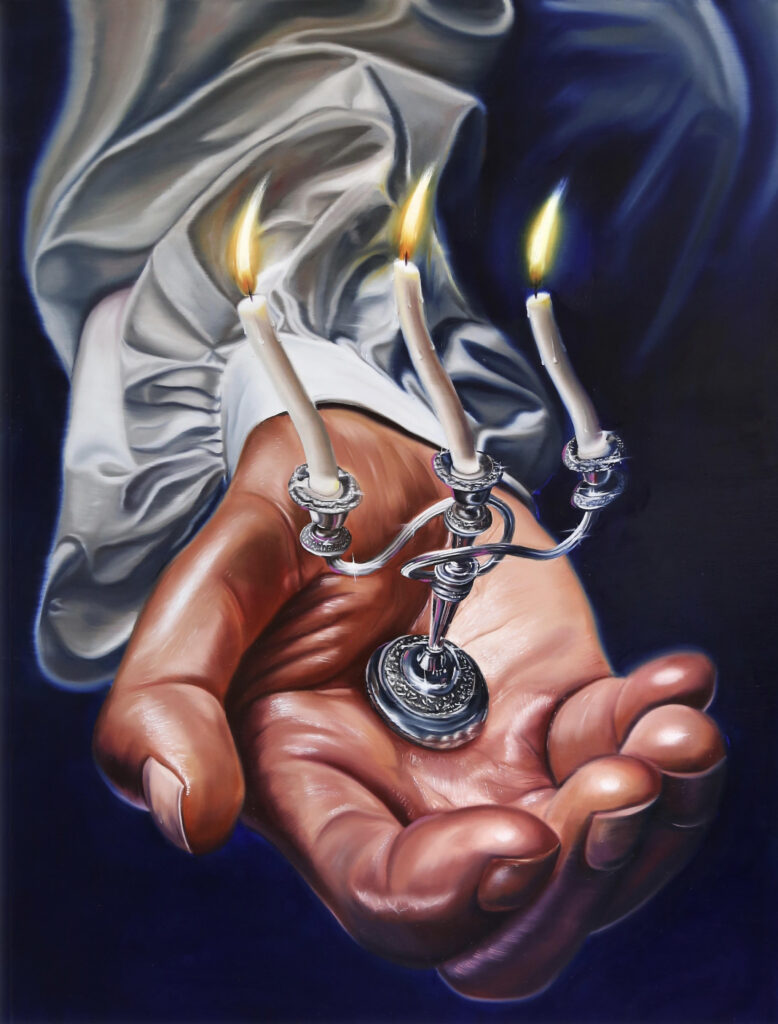
I know you’ve been working on a new body of work for your next upcoming shows. Can you tell me about your inspiration and thought process behind these new bodies work, and what you’re hoping to convey?
I’m currently working towards my first European solo in October. The work has this uneasy, suburban gothic feel. I’ve approached these paintings as though they’re film stills from a movie that doesn’t actually exist. There’s a familiarity to them all but they’re unsettling and just out reach. The paintings are stand alone individual works, but the more you look at them together, the more narratives begin to form. Although, I’m not interested in creating a specific narrative I’ll leave that to the viewer.
Some of the works are a glimpse of a moment, others are more of a scene with an implied tension. All of them start off as fairly normal and the more you inspect, the more uncanny or skewed they become. In research for this body of work I looked at a lot of 18th and 19th century genre painting; scenes from everyday life. I imagined what this might look like through a contemporary lens of film and other digital media full of zooms, tight crops and motion blur. Beyond the visually suburban fever dream I want the paintings to be a tool for contemplation. For people to analyse and to revisit ‘insignificant’ moments that they overlooked or dismissed.
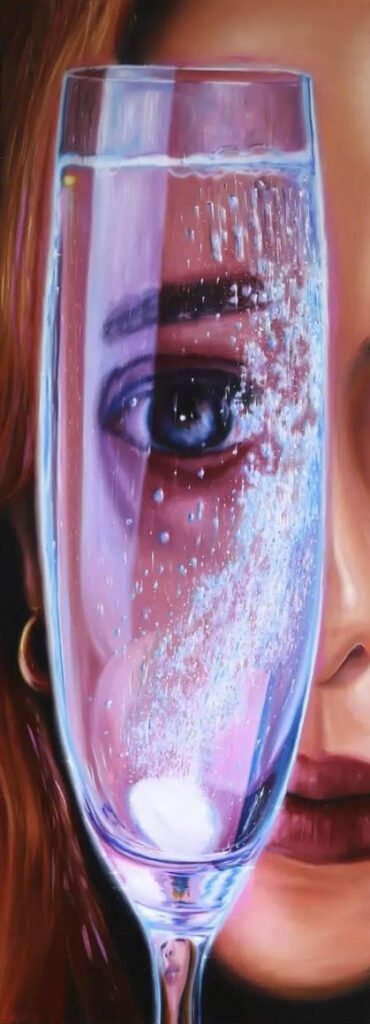
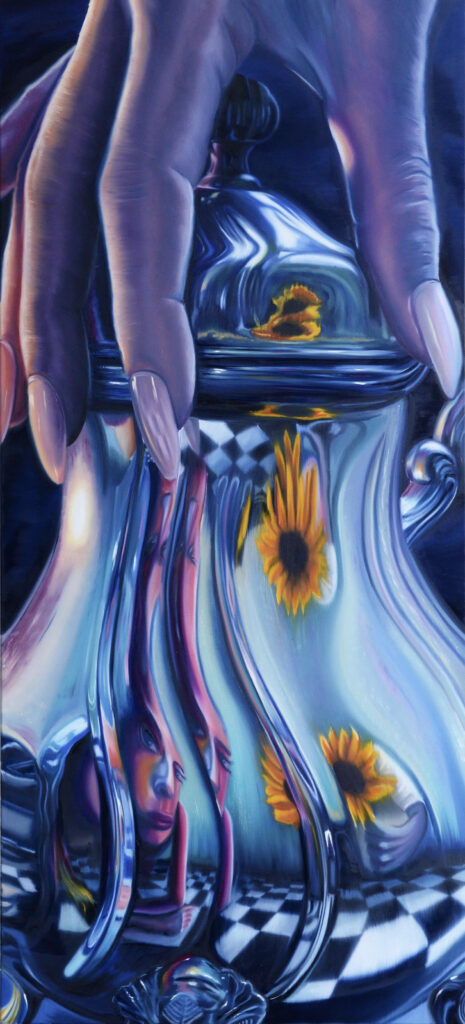
Can you walk me through your creative process, from beginning to end result?
Sure, it usually starts with writing. I write down everything from a memory, a passing thought, something I saw in a film, something I overheard someone say, a dream etc… Then when I have finished a painting I return to my writing prompts. One might stand out and I begin to pull it apart and let it brew over a few days. Each time I revisit a prompt I may perceive it slightly different, it can become more skewed, transforms or distorts into something else. This is the part I find most interesting.
I then set out creating some imagery that could convey this feeling or idea. Sometimes its quite direct, other times fairly vague. I’ll usually do this through setting up a scene and taking some photographic references. I then stretch my canvas, mix my paints and get into it. The paintings begin to stray from the references – bringing in aspects of abstraction, pulling parts in and out of focus and creating movement where there wasn’t any.
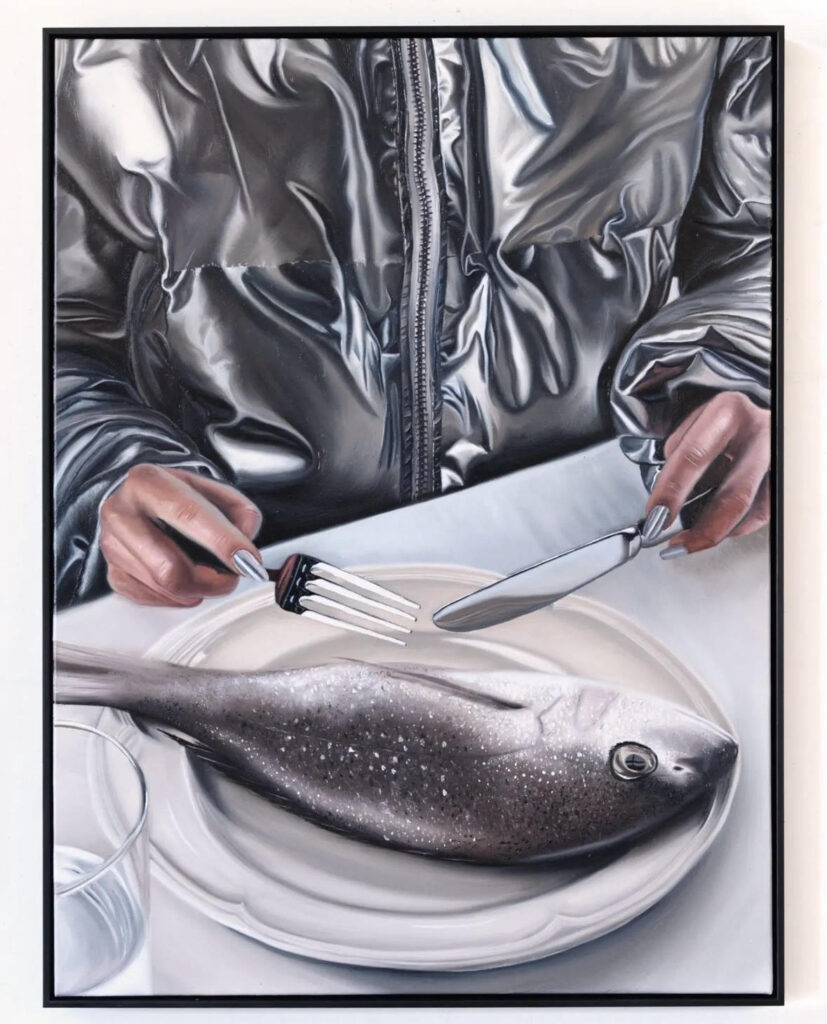
Can you also tell me about your use of symbolism?
I don’t tend to approach it in a singular way. Sometimes I have symbols or motifs in mind before I’ve started the painting – Sometimes they emerge throughout a work and sometimes they surprise me and become apparent upon reflecting on a finished work.
How do you deal with creative blocks?
The remedy may be getting out of the studio, or sometimes it’s locking myself away in the studio.
Can you describe your studio practice for me? And are there any necessities you have to have with you or present in the studio?
I spend most days in the studio. Usually for around 8ish hours. I’m lucky to have a space with great natural light and open windows for fresh air. Necessities are obviously paints, palette knife, medium and any adjacent tools. I’m also big on having a stockpile of studio snacks. Before leaving for the day, I’ll have a little tidy so I come in the next day to a semi-clean studio, which helps clear up mental space too.
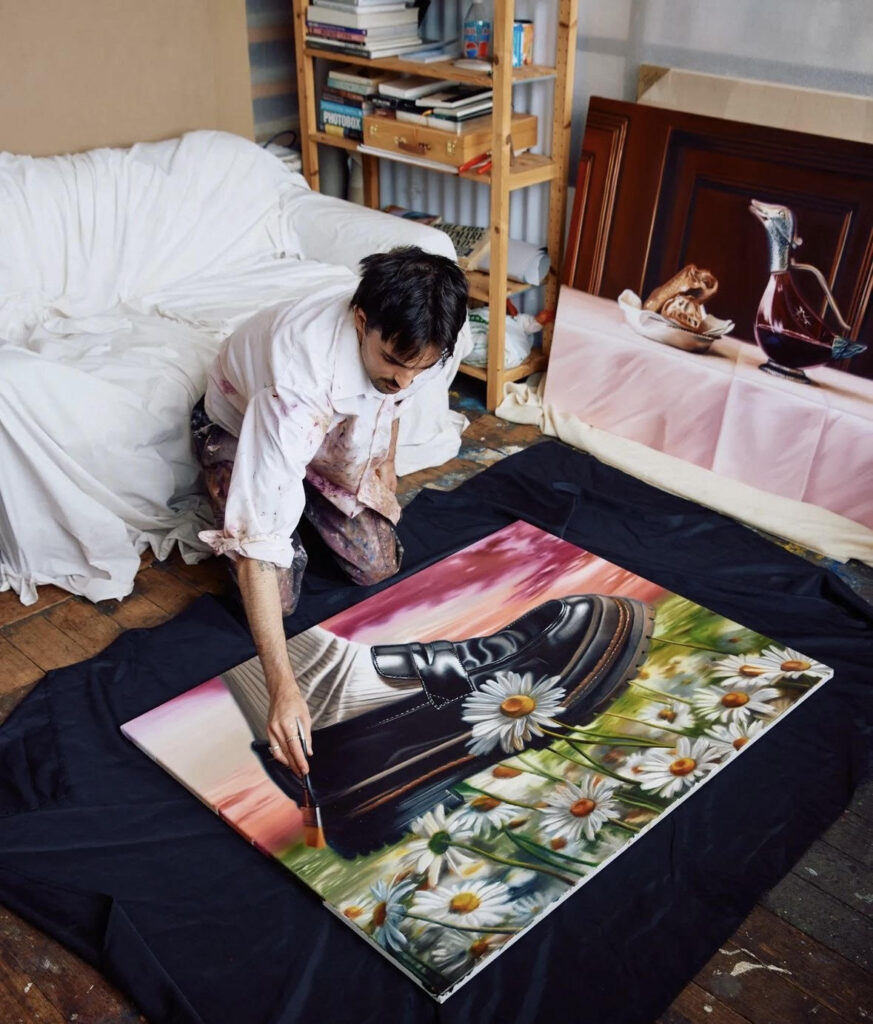
In a parallel universe who would you be? and what would you be doing?
Before becoming an artist I wanted to commit high profile art heists but never got around to it.
Can you tell me a story about a time when a connection with someone had a big impact on you?
Last year I was doing a residency in London. Whilst there, I was introduced to and got to spend a day in the home/studio of a prolific portrait painter who was about to turn 100. Her attic studio was filled with hundreds of paintings including many prominent figures that have sat for her over the years. It was really special to hear her life story and have such a strong connection through a shared interest despite the 70 year age gap. Unfortunately she passed away a few weeks before her 100th birthday. I’m really grateful for the time she gave me.
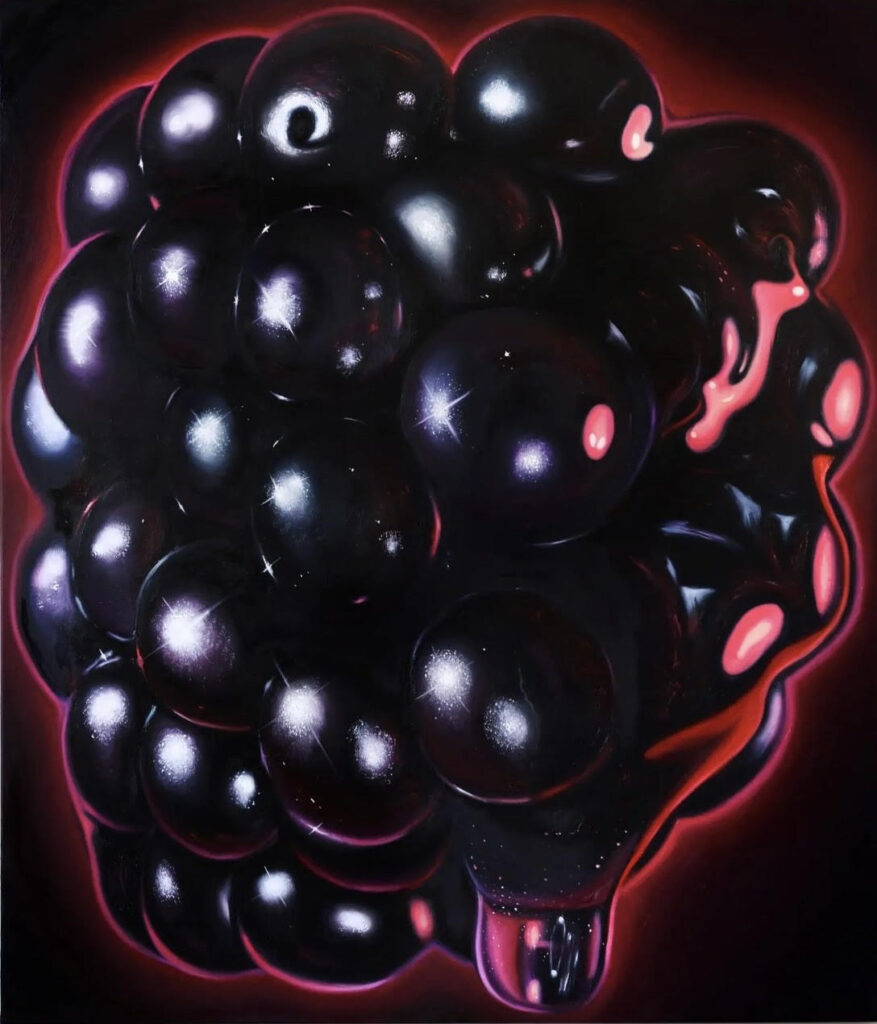
What qualities do you find most important in the people you choose to spend time with?
People that are engaged, but laid back. People that try to enjoy things before looking for reasons to hate those things. Self-aware and kind to others. Not getting too consumed or caught up in a bubble, looking at the bigger picture.
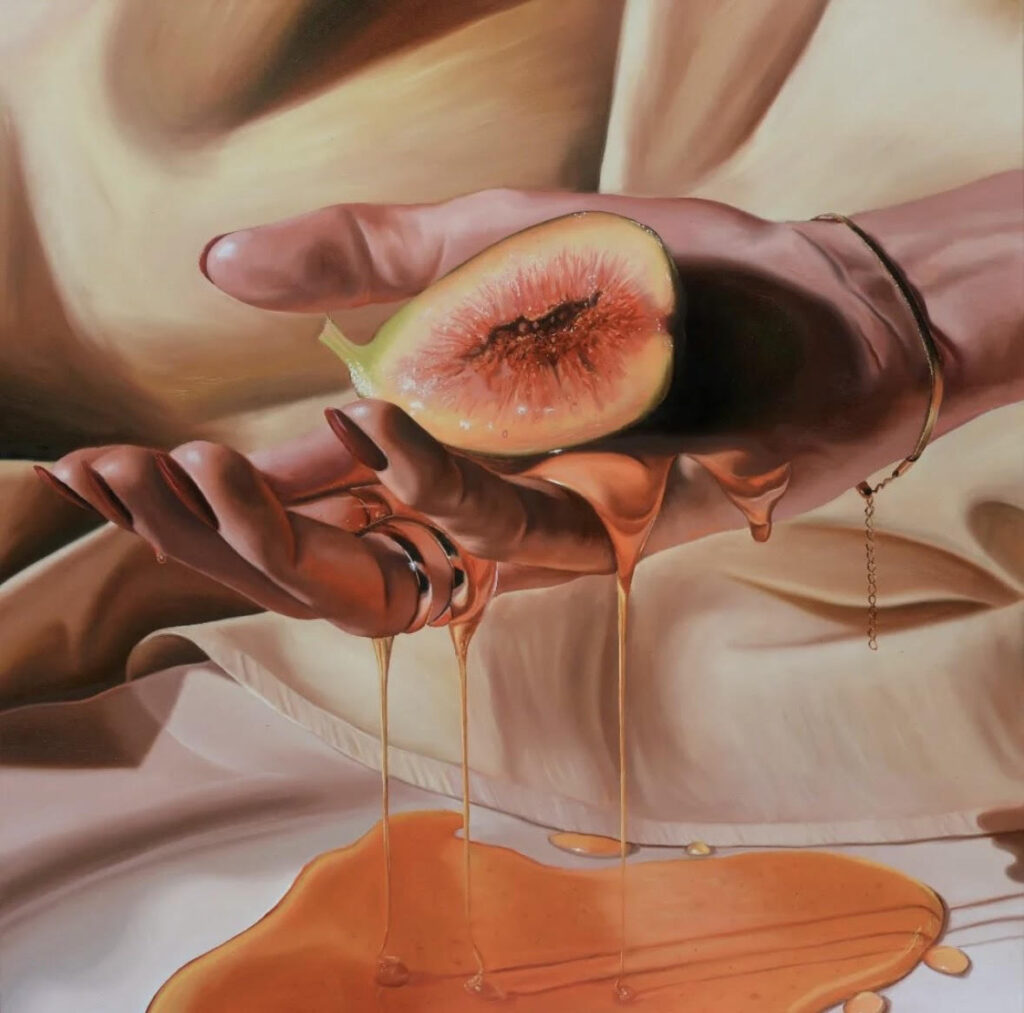
Anybody you look up to?
The older I get the more I admire and can’t imagine how my parents did it. They were basically just kids when they had their first baby. Then eventually 5 kids. Dad was working as a teacher and cleaning chicken shops at night. Mum was studying and working multiple jobs. They still always made time for us, followed their own passions and nurtured our own.
It helps me to think about this and put things in perspective when I’m feeling overworked or having trouble with time commitment between studio, friends and family.
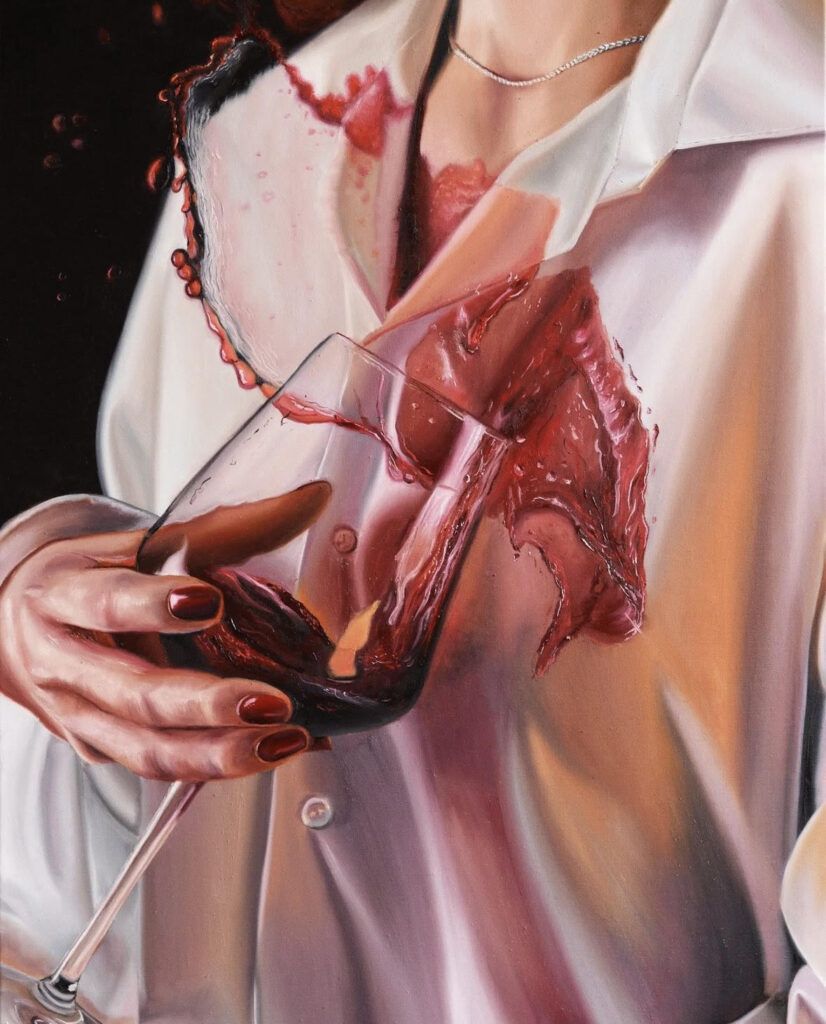
How do you approach color?
I use a pretty limited palette, so just 5 paints. Burt sienna, cad or naphthol red, yellow, ultramarine blue and titanium white. I then mix every colour from those. I’ll occasionally throw in another pigment that’s difficult to get the same vibrancy when mixed — like a magenta or turquoise.
What motivates you?
A never ending slightly irrational search for the perfect painting I can produce. Also, its obvious but just looking at art. I’ve definitely noticed periods where I’m going to lots of exhibitions has resulted in more excitement and experimentation in my own practice.
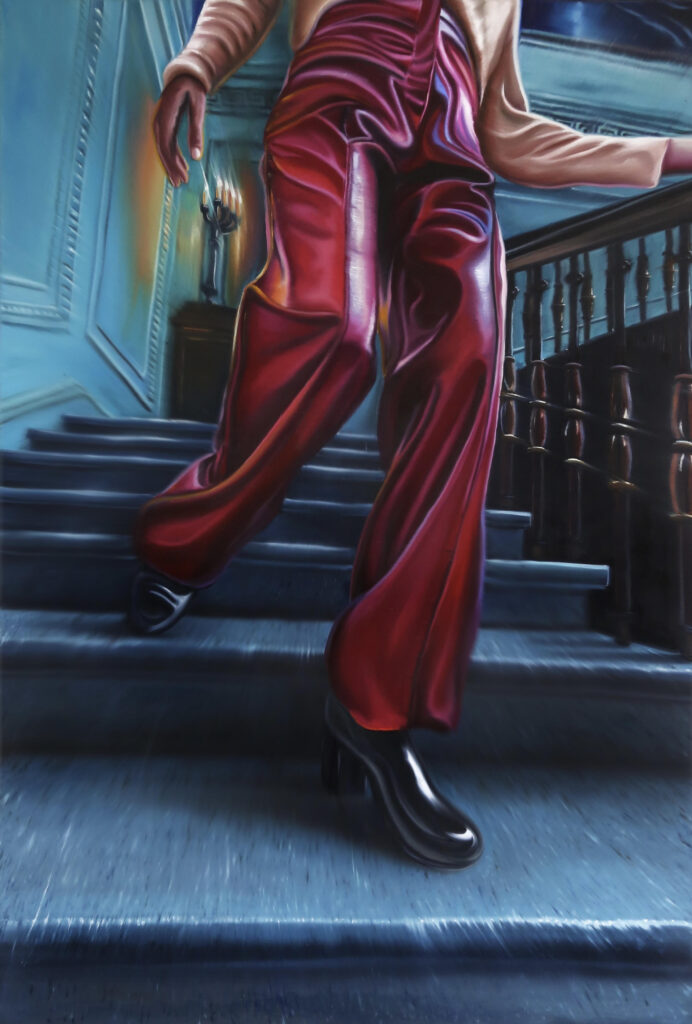
How would you describe a perfect day?
A warm morning swim at the beach followed by an afternoon of painting, then a slow-cooked lamb ragu at home-with family and friends.
Alright Billy. I always ask these two questions at the end of an interview. The first is. What’s your favorite movie(s) and why?
I don’t really have a favourite… I think I go through phases. Growing up, my sister and I would try and ruin ourselves with scariest films we could find, which I still have a soft spot for. I had a hot moment with unrealistic court-room dramas and Scandinavian crime films. I’m very happy sitting down to any Nora Ephron 90s rom-com. At the moment I’ve been finding inspiration in that suburban gothic genre mentioned earlier, so films like Blue Velvet, Heavenly Creatures, Rosemarys Baby etc…
The second is. What song(s) are you currently listening to the most right now?
Fontaines D.C – ‘Starburster’.
